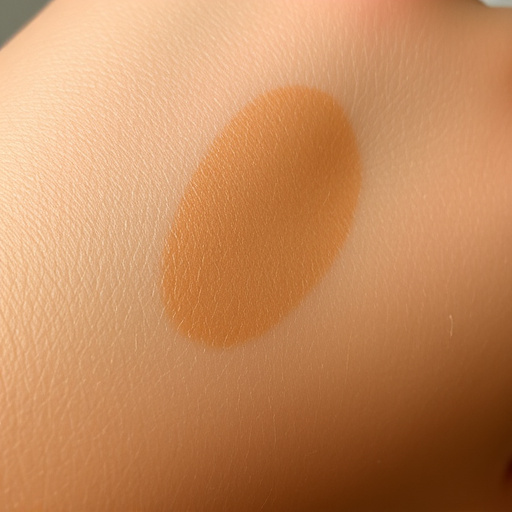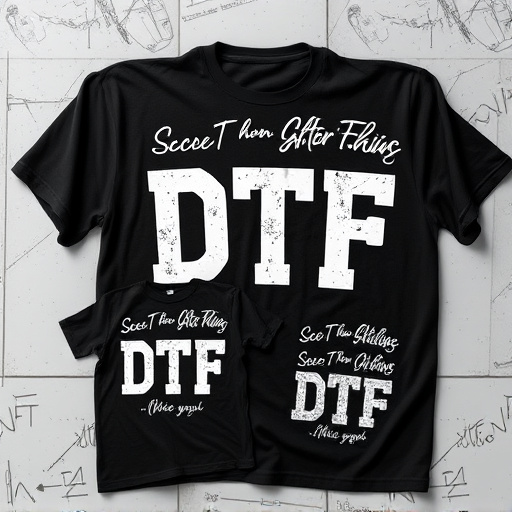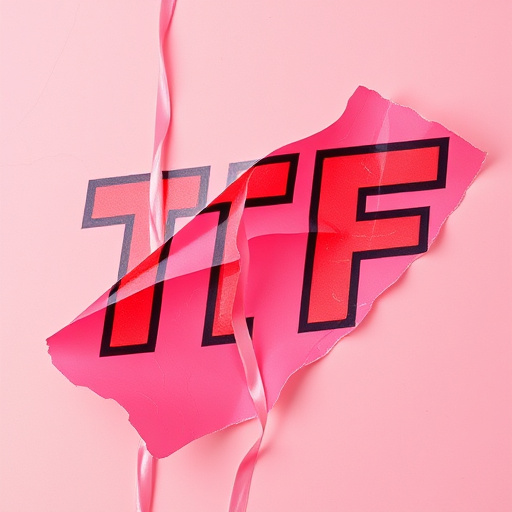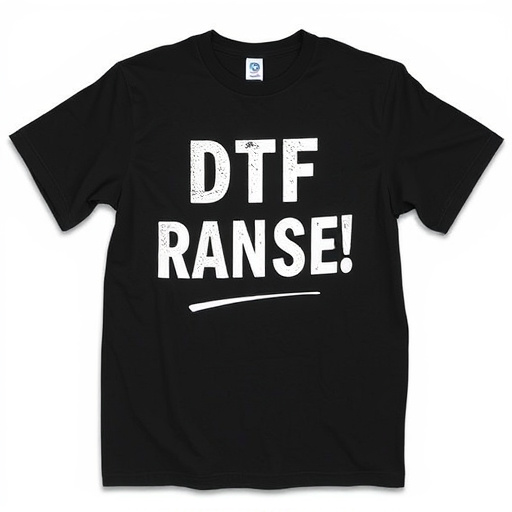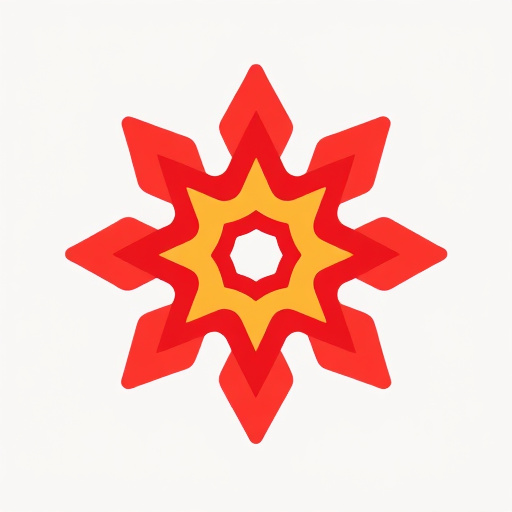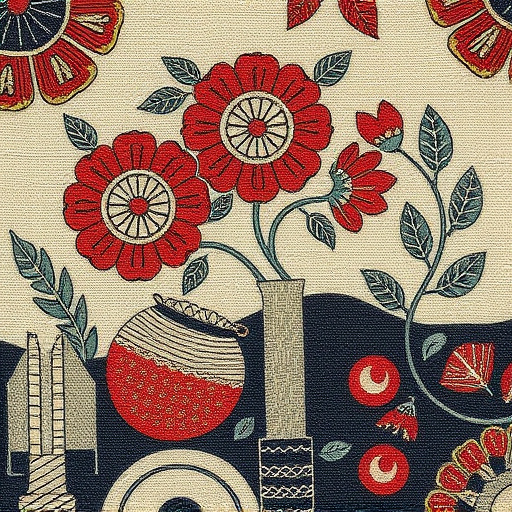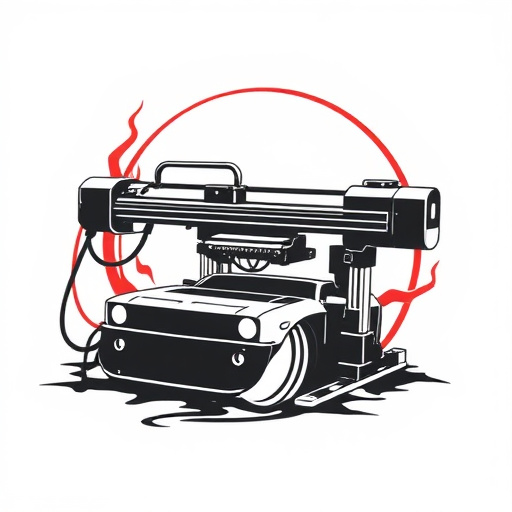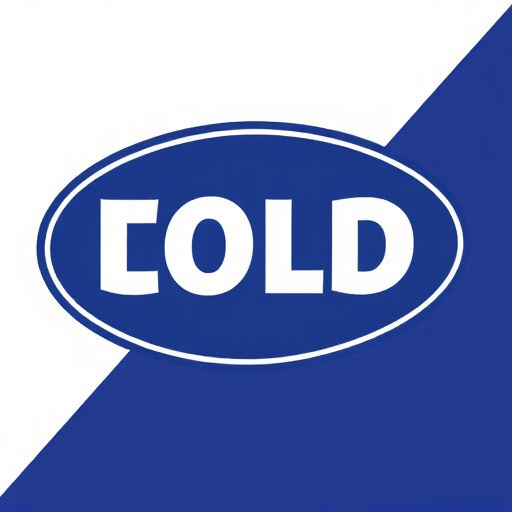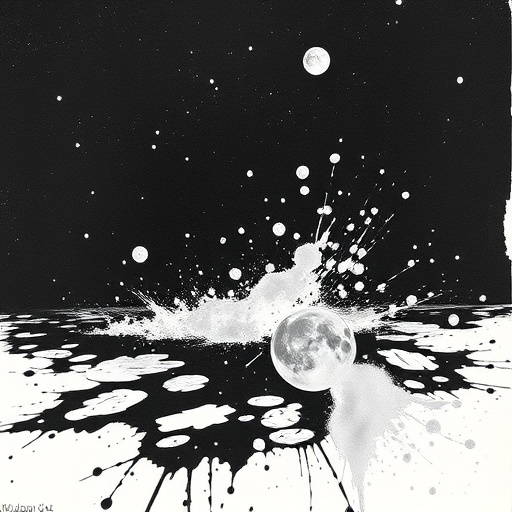DTF Durability (Direct-to-Fabric Transfer) is a cutting-edge method for creating high-quality custom tees, offering precise color application and longevity. It's achieved through fabric selection, preparation, optimal pressing, and understanding diverse material needs. Advanced techniques, including heat press control and specialized ink/pre-treatments, enhance print quality and durability on fabrics like cotton, polyester, and blends. DTF Durability revolutionizes textile printing, catering to dynamic market demands for long-lasting designs.
Discover the advanced world of DTF Durability—a game-changer in material optimization. This comprehensive guide unravels the basics, delves into cutting-edge techniques, and explores real-world applications. From understanding the fundamental principles of DTF Durability to innovative strategies for material enhancement, this article equips you with insights that revolutionize your approach. Learn from case studies showcasing successful implementations, and unlock the potential to maximize durability in diverse industries.
- Understanding DTF Durability: The Basics
- Advanced Techniques for Material Optimization
- Real-World Applications and Case Studies
Understanding DTF Durability: The Basics
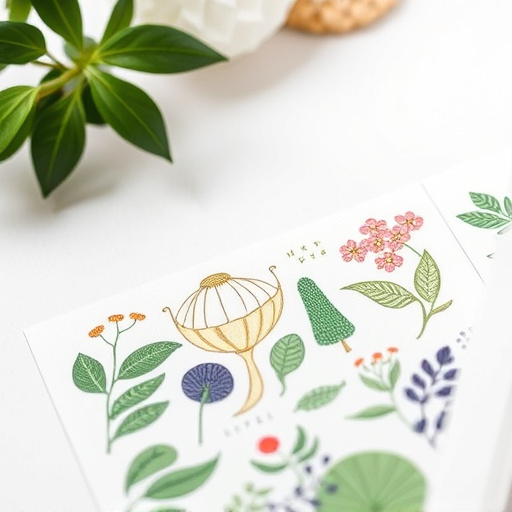
Understanding DTF Durability: The Basics
DTF Durability, or Direct-to-Fabric (DTF) transfer technology, offers a powerful way to create high-quality custom graphic tees and other textiles. This innovative method allows for precise application of designs directly onto various fabric surfaces, ensuring long-lasting vibrancy and durability. By using specialized equipment and heat-sensitive paper, DTF transfers can reproduce intricate details and rich colors, making it ideal for both professional and personal applications.
Key to maximizing DTF Durability is the selection of appropriate materials and techniques. High-quality fabric, proper preparation, and optimal pressing temperatures play pivotal roles in securing the longevity of your designs. Additionally, understanding the specific requirements of different fabrics—whether cotton, polyester, or blends—helps ensure that the DTF transfer process produces the best possible outcome. With these basics in mind, you’re well-equipped to explore advanced tips for enhancing DTF Durability and creating lasting, visually stunning custom graphic tees.
Advanced Techniques for Material Optimization
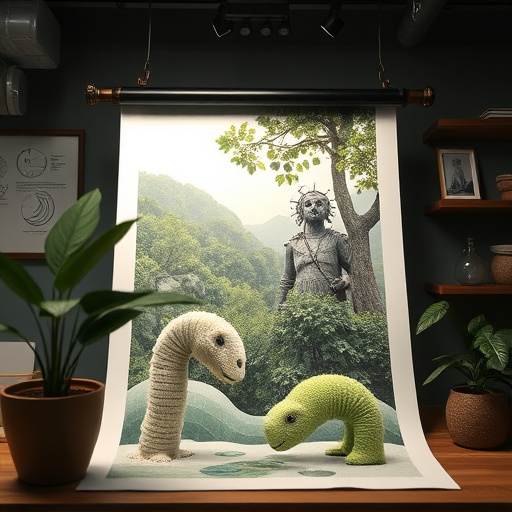
In the realm of DTF Durability, advanced techniques for material optimization play a pivotal role in enhancing print quality and extending the lifespan of your designs. One cutting-edge approach involves the strategic use of heat press technology. By carefully controlling temperature and pressure during the application of a dtf transfer to dark fabrics, you can achieve superior adhesion and vibrant, long-lasting colors. This method ensures that inks seamlessly bond with the material, resisting fading and peeling over time.
Furthermore, DTF printing for dark fabrics necessitates a nuanced understanding of ink composition and surface preparation. Specialized inks designed for darker materials can offer improved opacity, allowing intricate designs to be reproduced accurately. Pre-treating the fabric with suitable primers or coatings further strengthens the bond between the dtf transfer and the material, making it ideal for creating durable, high-resolution prints on even the most challenging surfaces.
Real-World Applications and Case Studies
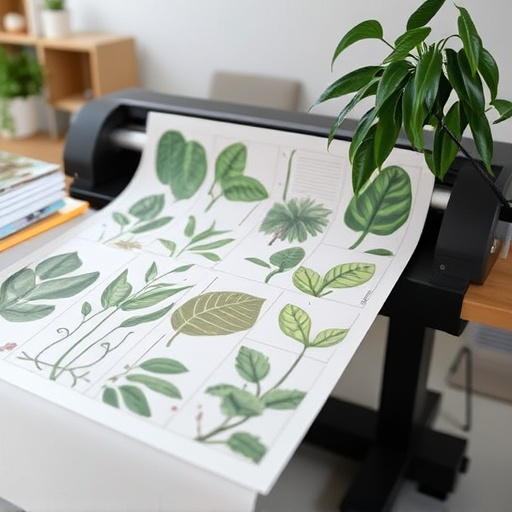
In the realm of textile printing and garment customization, DTF Durability (Direct-to-Fabric Transfer) has emerged as a game-changer. This advanced technique offers unparalleled versatility in real-world applications, enabling printers to create intricate and vibrant designs on a variety of fabrics. From light and delicate materials like silk and rayon to sturdy cotton and polyester blends, DTF printing for light fabrics allows for precise, long-lasting results.
Case studies demonstrate the remarkable effectiveness of DTF Durability in enhancing product quality and customer satisfaction. For instance, many clothing brands are leveraging custom sheets for heat pressing designs onto garments, achieving not only high-quality prints but also ensuring that the designs withstand repeated washing and wear. This has led to increased brand loyalty and a reputation for delivering durable, visually appealing products. As the market demands more dynamic and long-lasting printing solutions, DTF Durability continues to be at the forefront of innovation in the textile industry.
In conclusion, mastering DTF durability offers significant advantages in material optimization and real-world applications. By understanding the fundamentals and exploring advanced techniques, professionals can enhance product longevity and performance. The provided case studies demonstrate the tangible benefits of DTF durability, making it an indispensable tool for innovation in various industries. Embracing these advanced tips ensures a future where DTF durability becomes the standard for sustainable and efficient material solutions.

